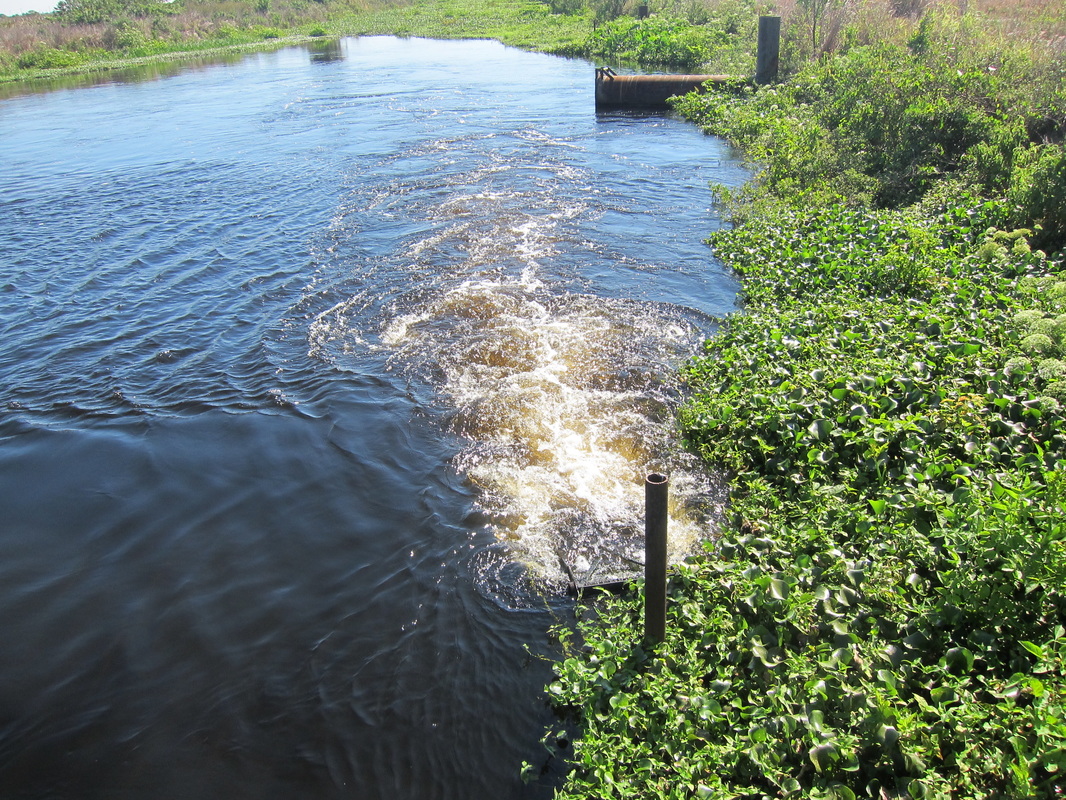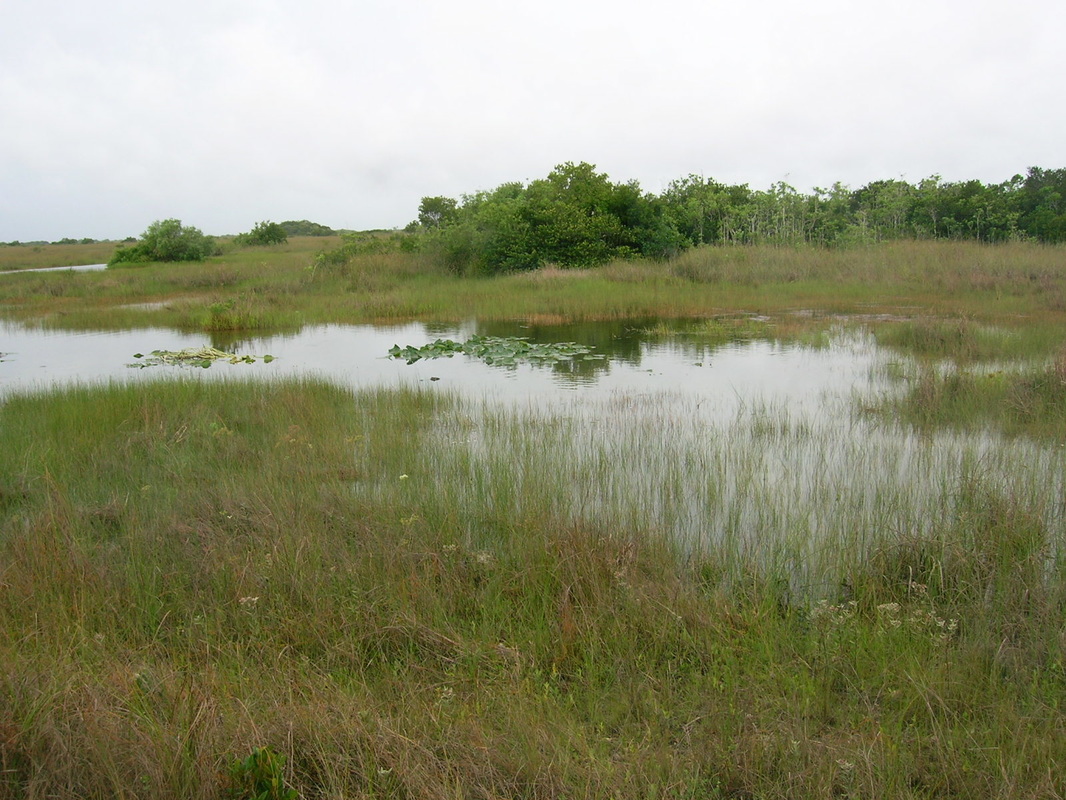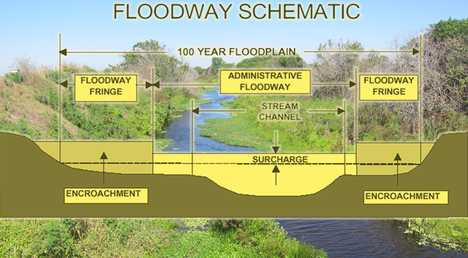Hydraulic & Hydrology based permitingLAGO performs hydrology/hydraulic analysis for flood control related projects. LAGO works with experts in local, state and federal regulations related to design and construction of water, wastewater, and reclaimed water systems and facilities, and we understand the complex issues involved in water regulations and conservation. In LAGO, we do professional engineering assessments, studies, analysis and models of systems and facilities to support planning, expansion, rationalizing and decommissioning projects of our clients. We correlate and integrate the permitting process with geographic information system and hydraulic-hydrologic analysis. We develop, analyze and use computer models to provide our clients with the reasonable assurances involved in the permitting protocol.
|
contact us: 813.774.5559
|
Our permitting consulting/services include:
Surface Water / Groundwater Use related Permits
This is a permitting system for surface and groundwater withdrawals in Florida. In order to obtain a Water Use Permit (WUP), an Applicant must demonstrate that the water use is reasonable and beneficial, is in the public interest, and will not interfere with any existing legal use of water, by providing reasonable assurances, on both an individual and a cumulative basis. It should be demostrated that the water use will
Environmental Resources related Permits
The Environmental Resource Permitting (ERP) Program regulates activities involving the alteration of surface water flows in order to prevent flooding and protect water quality of lakes, streams, wetlands and and other surface water bodies. ERP applications are processed by either the Department of Environmental Protection or one of the state's water management districts, in accordance with the corresponding division of responsibilities. The ERP is required for activities such as:
Floodplain and Floodway Encroachment related Permits
All proposed development in the floodplain must meet the "no adverse affect" (any physical damage to an adjoining or other property) criteria, while proposed development in the floodway must also meet the "no-rise" criteria. In many cases, the 100-year floodplain has been divided into two zones, the floodway and the floodway fringe. The floodway is that area that must be kept open to convey flood waters downstream, while the floodway fringe is that area that can be developed in accordance with FEMA standards and the local law. The standards for a floodplain encroachment depend on both the project location and the information provided on flood hazard maps. Four typical cases are listed below.
|











